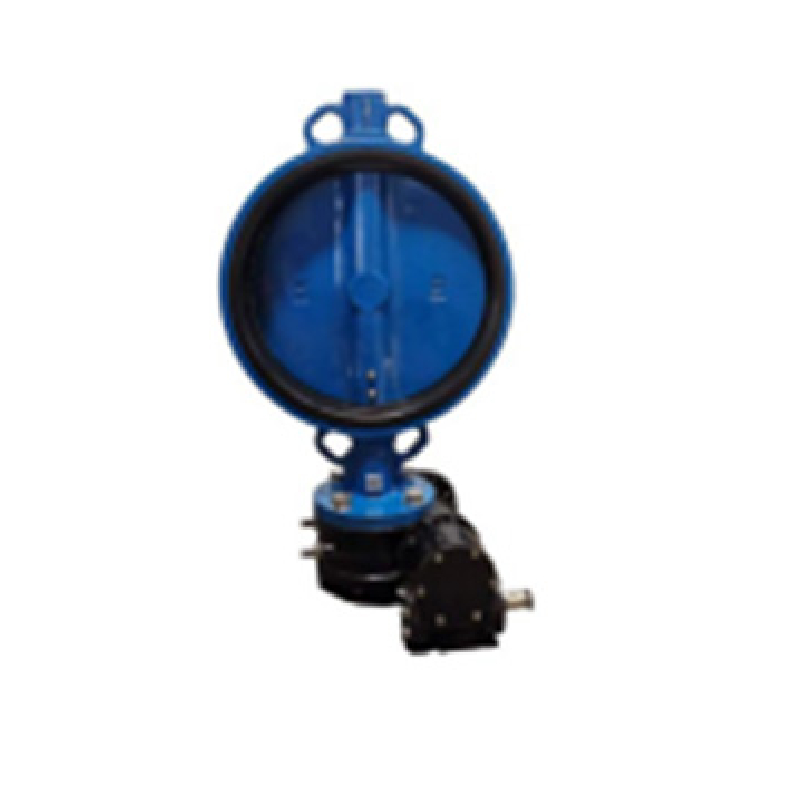Ara . 19, 2024 20:32 Back to list
Optimizing Performance of Actuated Valve Systems for Enhanced Flow Control and Efficiency
Understanding Actuated Gate Valves Mechanisms and Applications
Gate valves are essential components in various industries, playing a critical role in controlling the flow of fluids through pipes. Among the different types of gate valves, actuated gate valves have gained prominence due to their enhanced operational efficiency and automation capabilities. This article explores the mechanisms, advantages, applications, and considerations of actuated gate valves in industrial settings.
What is an Actuated Gate Valve?
An actuated gate valve is a type of valve that opens or closes the flow of liquid or gas using a mechanical actuator. The actuator can be powered by various energy sources, including electricity, pneumatic pressure, or hydraulic pressure. This automation enables the valve to be controlled remotely, making it an ideal choice for processes where manual operation would be impractical or unsafe.
Gate valves operate by raising or lowering a barrier (the gate) within the valve body. When the gate is lifted, fluid flows through the valve; when the gate is lowered, the flow is shut off. The primary advantage of gate valves is their low resistance to flow when open, making them suitable for applications requiring minimal pressure drop.
Advantages of Actuated Gate Valves
1. Remote Operation One of the main benefits of actuated gate valves is their remote control capability. This feature is particularly valuable in hazardous environments, allowing operators to manage fluid flow without direct exposure to potentially dangerous conditions.
2. Increased Precision Actuators provide precise control over the valve’s position, enabling more accurate flow regulation. This precision is crucial in processes that demand exact specifications for efficiency and safety.
3. Time and Labor Efficiency Automating the operation of gate valves eliminates the need for manual intervention, saving time and reducing labor costs. In high-demand operations, this leads to increased productivity and efficiency.
4. Safety Features Many actuated gate valves come equipped with safety mechanisms, such as fail-safe positions, which ensure the valve defaults to a predetermined state (open or closed) in case of power loss or actuator failure.
5. Versatility Actuated gate valves can be used in various applications, from water treatment plants and chemical processing to oil and gas production. They are adaptable to different sizes and types of piping systems.
Applications of Actuated Gate Valves
actuated gate valve

The versatility of actuated gate valves makes them suitable for numerous applications. Here are some of the key industries that benefit from their use
- Water and Wastewater Treatment In these facilities, actuated gate valves play a vital role in controlling the flow of influent and effluent, allowing for efficient treatment processes. - Oil and Gas In the oil and gas industry, these valves regulate the flow of crude oil, natural gas, and other hydrocarbons, ensuring safe and effective transportation and processing.
- Chemical Manufacturing Actuated gate valves are used in chemical facilities to manage the flow of corrosive and hazardous materials, safeguarding both the equipment and the workforce.
- Power Generation In power plants, particularly those using steam or hydroelectric methods, actuated gate valves control the flow of water and steam, contributing to the overall energy efficiency of the facility.
Considerations for Implementation
When integrating actuated gate valves into a system, several factors must be considered
- Size and Type of Valve Choosing the right size and type of valve for specific applications is crucial. A valve that is too small can restrict flow, while one that is too large may hinder performance.
- Actuator Selection The actuator type (electric, pneumatic, or hydraulic) should align with the operational requirements of the system, considering factors such as speed, force, and energy supply.
- Maintenance Regular maintenance is essential to ensure the longevity and proper functioning of actuated gate valves. This includes checking for wear and tear, lubricating moving parts, and ensuring the actuator operates correctly.
- Installation Proper installation is vital to prevent leaks and ensure safe operations. It is recommended to follow manufacturer guidelines and industry standards during the installation process.
Conclusion
Actuated gate valves are a critical advancement in valve technology, facilitating efficient and safe fluid control in various industries. Their automated features enhance precision, safety, and operational efficiency, making them an invaluable asset in modern industrial applications. As industries continue to evolve, the demand for reliable and effective flow control mechanisms like actuated gate valves is expected to grow, paving the way for ongoing innovations in valve engineering and automation technology.
Share
-
Reliable Wafer Type Butterfly Valves for Every IndustryNewsJul.25,2025
-
Reliable Flow Control Begins with the Right Ball Check ValveNewsJul.25,2025
-
Precision Flow Control Starts with Quality ValvesNewsJul.25,2025
-
Industrial Flow Control ReliabilityNewsJul.25,2025
-
Engineered for Efficiency Gate Valves That Power Industrial PerformanceNewsJul.25,2025
-
Empowering Infrastructure Through Quality ManufacturingNewsJul.25,2025